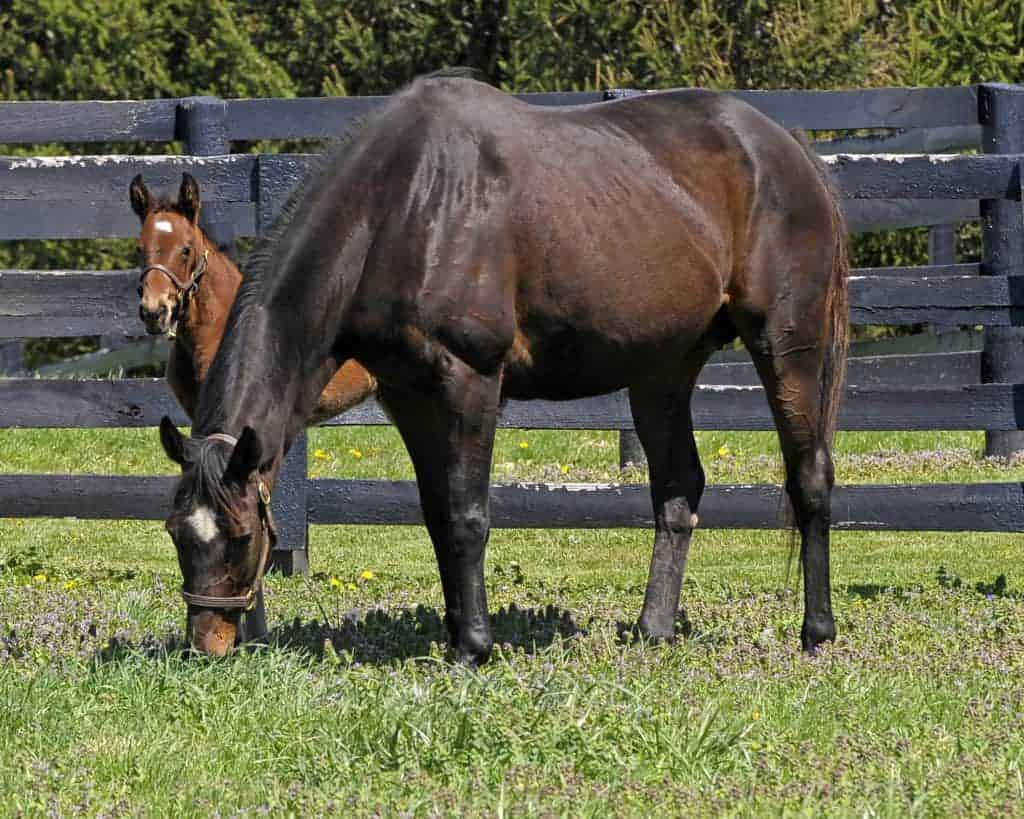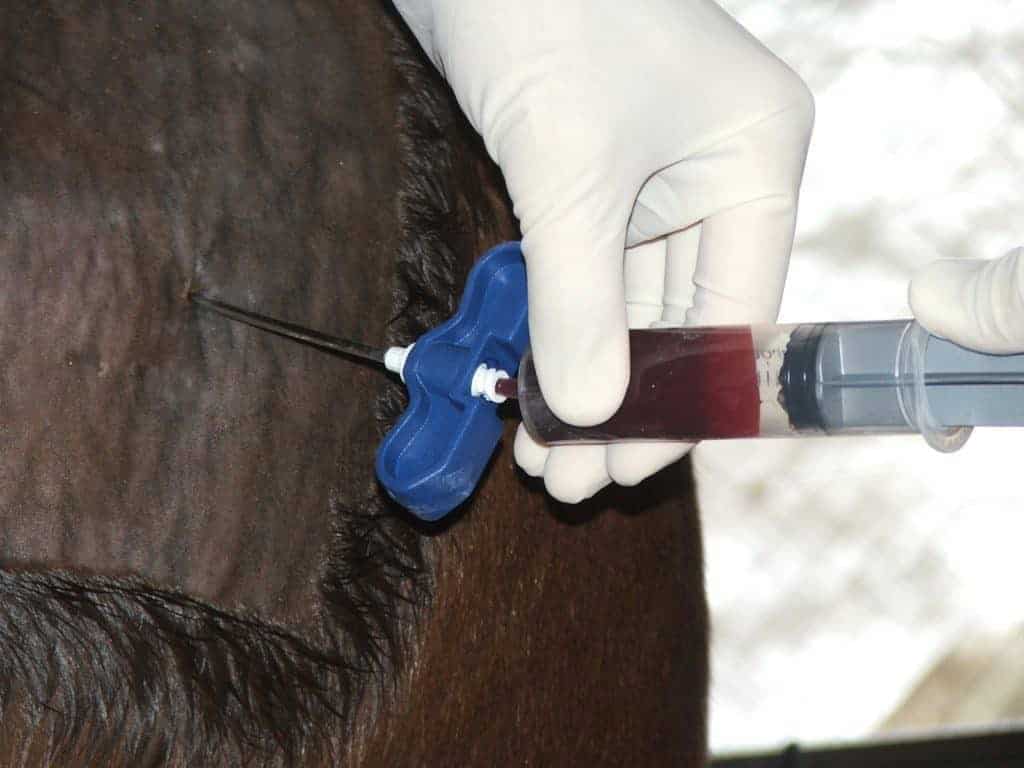
MRI to Predict Catastrophic Fetlock Fractures in Racehorses
Researchers say MRI might be useful as a screening test to identify racehorses at increased risk of fetlock fracture.

Researchers say MRI might be useful as a screening test to identify racehorses at increased risk of fetlock fracture.

Many conditions common to foals can contribute to or cause auditory dysfunction. Here’s what to watch for.

Hoof-related issues are a hot topic in veterinary medicine. Here’s what practitioners discussed at a recent meeting.

One vet said sperm quality thresholds his team identified can help practitioners make better breeding decisions.

Equine athletes often require supportive care for their musculoskeletal systems, and stem cells can fill that need.

Consider this under-recognized issue before deciding which limb is the primary lameness source.

Horse breeding is only as effective as your ability to predict a mare’s impending ovulation. Here’s how vets do so.

Researchers have found success treating some proximal suspensory desmitis cases with autologous conditioned serum (ACS).

The National Park Service is studying the use of fertility control vaccines to control feral horse populations.

Using proper diagnostic technique and good quality radiographs is critical when diagnosing these fractures in foals.

From fly masks and nose nets to antihistamines and supplements, find out which headshaking treatments worked best.

Design vaccination protocols to maximize each horse’s innate and adaptive responses to disease challenges.

Learn how one veterinarian chooses cases and uses mesenchymal stem cells (MSCs) to treat horses with joint injuries.

Review the options vets have for looking inside horses’ bodies to see what’s causing a limp, swelling, or pain.

Nasopharyngeal catheter administration results in good cover of the larynx, nasopharynx, and soft palate.

Researchers said a water-based enrofloxacin suspension could be useful for treating some bacterial endometritis cases.
Stay on top of the most recent Horse Health news with
"*" indicates required fields